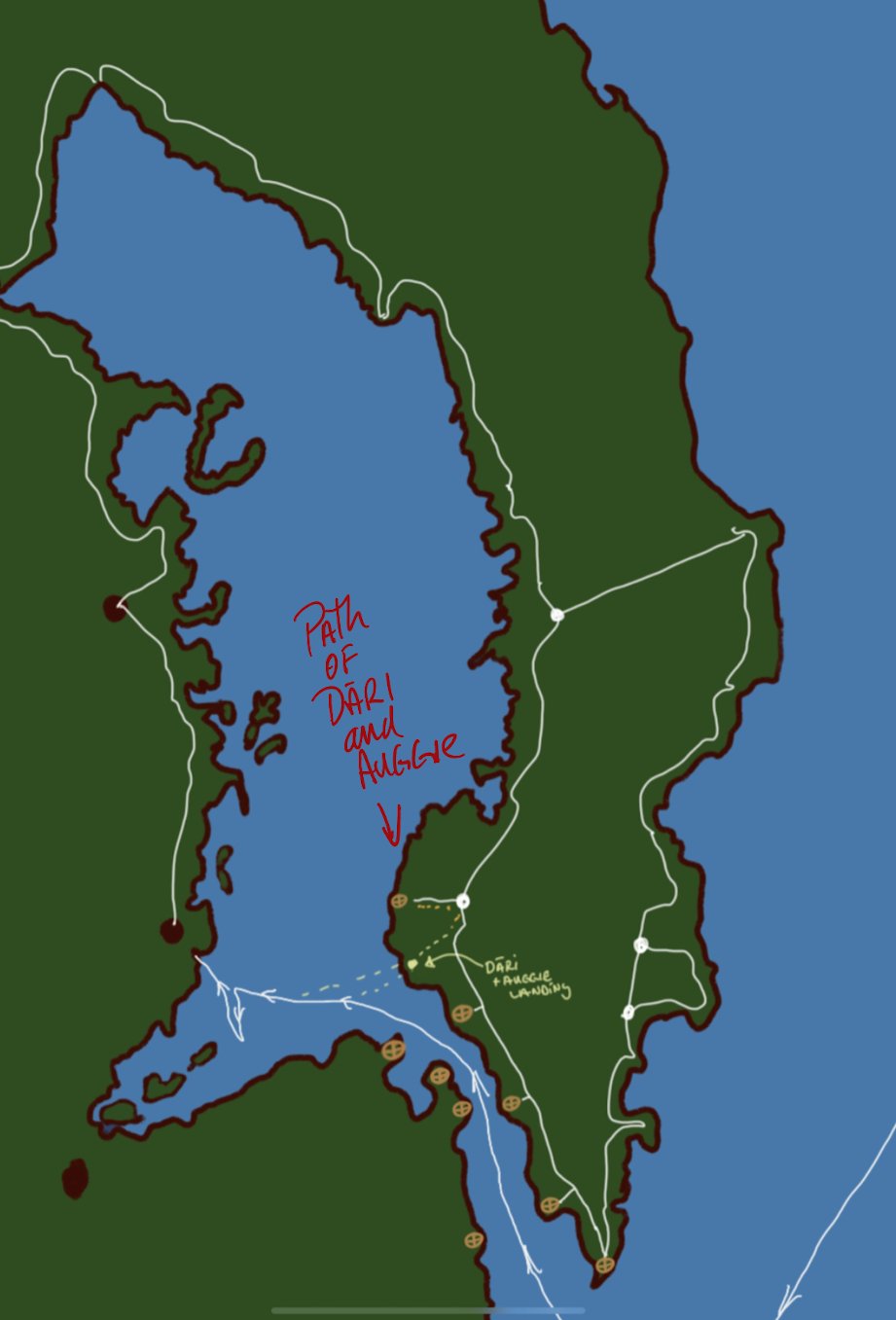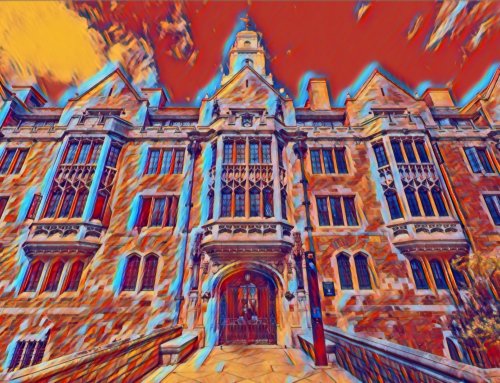Strangford Lough Northern Ireland
“That opening there,” said Dári pointing to the tower fires, “looks like the harbor to Loch Cuan. Which makes sense, since it’s almost directly southeast from our home.”
IRE: loch cuan
Old Norse: Strangr Fjörðr
meaning “strong sea-inlet”
Climate
Because of its opening into the Irish sea, Strangford Lough is brackish. It mostly rains here, with bright sunny summers.
Flora and fauna
Along the shore of this lake, there are rounded hills of bolder clay called “Drumlins.” Which are the remains of melting ice from the last ice age.
With thousands of rocky outcrops, Strangford Lough (lake) can be treacherous to sailers, because they form shallow tidal reefs on the eastern shore.
The lake is peppered with well over three hundred tiny islands, which makes the lake a sanctuary for millions of migrating birds.
The current can become quite strong especially during tidal shifts
Politics and government
It is the largest inlet in the British Isles
History
Strangford Lough and its surroundings are steeped in history, dating back thousands of years. Prehistoric communities would have found rich pickings in the abundant natural resources of the lough and its foreshore. Mesolithic shell middens (piles of discarded shells), dating back to 7000BC, are evidence that our ancestors took advantage of the plentiful supply of oysters, cockles, mussels, and other edible shellfish. Burial sites like those discovered at Audleystown and Millin Bay have been dated to around 4000BC. These early inhabitants would have traveled around the lough using simple dugout log boats like the one that was discovered in Greyabbey Bay dating back to over 5,000 years ago.
In the medieval and early modern period, Strangford Lough was known in Irish as Loch Cuan, meaning “sea-inlet of bays/havens”
The Vikings were active in the area during the Middle Ages. Its name referred only to the narrow channel linking the lough to the sea (between the villages of Strangford and Portaferry)
The raiders who kidnapped Patrick into slavery used Strangford to port. Much later, in 432AD, St Patrick is said to have sailed through the Strangford Narrows and up the Quoile Estuary, bringing Christianity with him.










Leave A Comment
You must be logged in to post a comment.